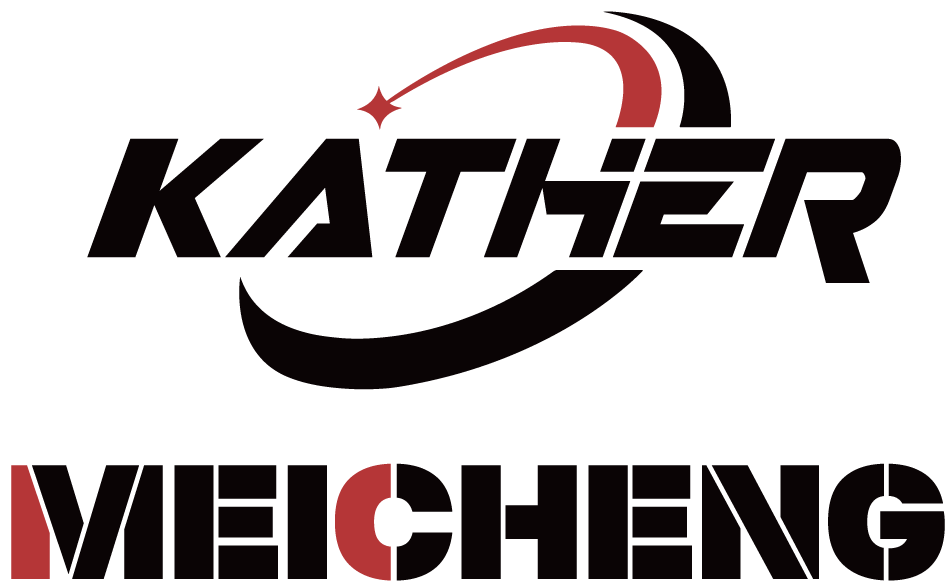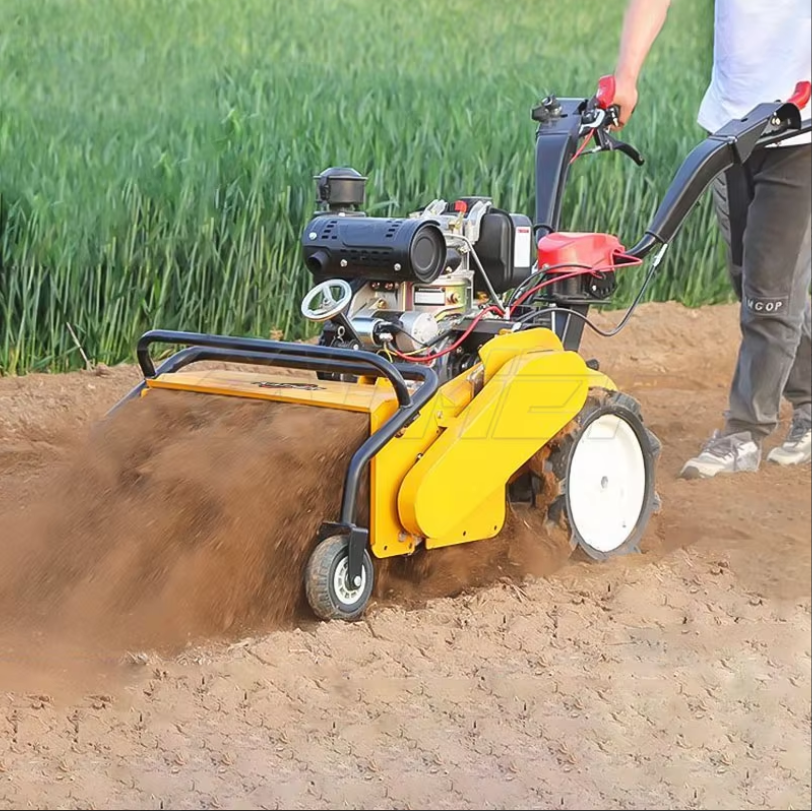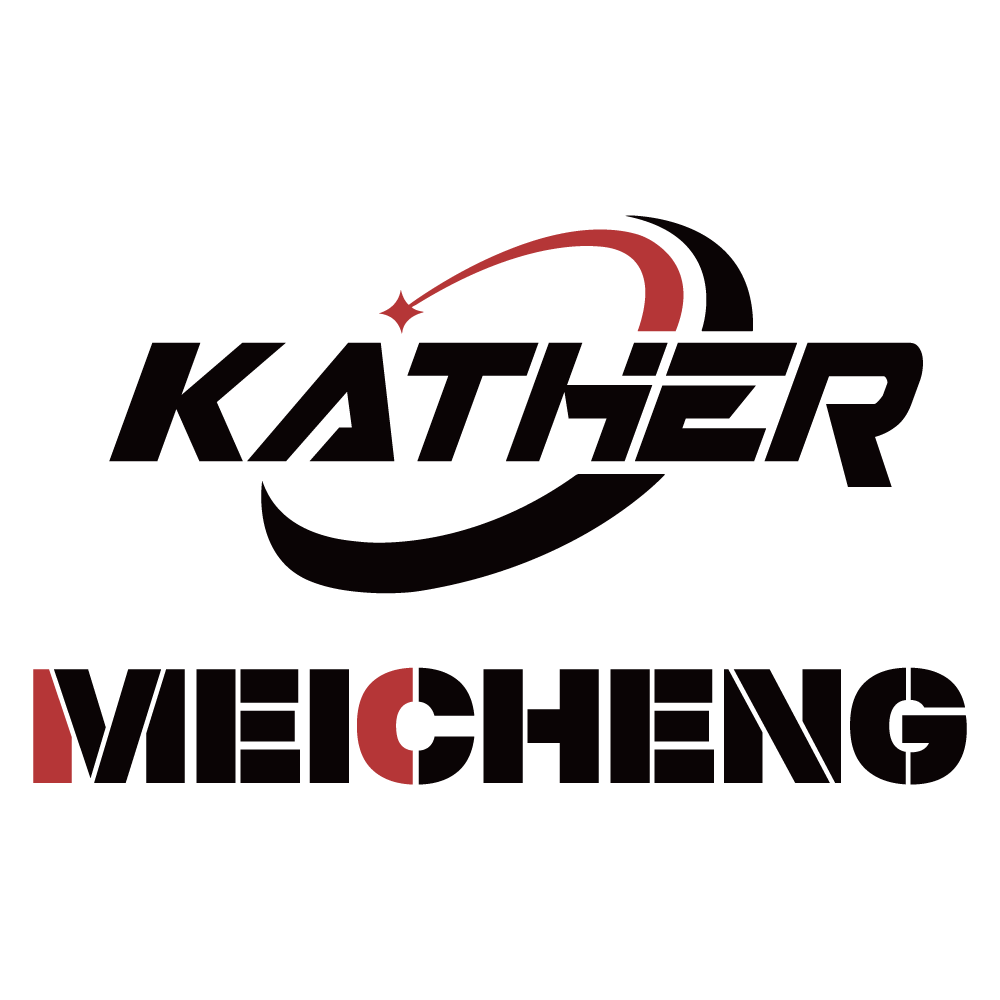Assessing Farm Size and Crop-Specific Requirements
What gets planted definitely affects what kind of gear ends up in the field. Take row crop planters for example they work great for corn fields but when dealing with something different like grapes or berries, specialty harvesters become almost mandatory. Farm size matters too bigger operations generally need tougher, more comprehensive machines than what makes sense for small plots. Maintenance requirements change based on crop type as well. Certain equipment just fits better with how particular crops are managed day to day, making compatibility a real consideration for long term efficiency.
Evaluating Power Output Needs (30HP to 250HP+)
Getting a handle on what kind of power different farm equipment needs for various jobs matters a lot. Take plowing versus tilling for instance plowing just eats up way more horsepower. When it comes down to it, horsepower really affects how well things get done around the farm. More power generally means better results most of the time. Farmers should pair their machines' power capabilities with the right tools they're going to use. This matching game makes sure work gets completed at good speeds without putting extra stress on the machinery or burning through fuel faster than necessary. Getting this right saves money in the long run while keeping operations running smoothly day after day.
Prioritizing Multi-Functional Equipment
Getting into multi functional machinery cuts down on equipment expenses and saves precious storage room on farms. These machines handle multiple jobs at once, which means farmers don't have to keep buying specialized tools as agricultural methods change or new crops come into play. Looking at real world examples shows these versatile machines boost productivity across the board. When looking at return on investment, flexible equipment that adapts to changing conditions delivers real value over time. That's why many forward thinking operations are already incorporating them into their plans for the coming years instead of waiting until last minute decisions force costly purchases.
By considering these factors, you'll ensure that your agricultural machinery choices align perfectly with your farm's goals for 2025 and beyond.
Budgeting and Financing Considerations
Navigating Rising Interest Rates and Equipment Costs
Things in the money world keep shifting around, and figuring out how these changes affect buying farm equipment matters a lot for growers. Right now, those higher interest rates are making it harder to get financing for new machines. Looking back at the last few years, prices for farming gear have gone through the roof, really squeezing what's left in many farm budgets after harvest season. Farmers need to think smart about their money when equipment costs keep climbing. Some folks are turning to special loan programs with better rates or stretching out payments over longer periods to handle cash flow issues. Numbers from industry reports show something like a 10 percent jump in equipment prices since 2018, so good budgeting becomes essential to keep operations running smoothly while still investing in necessary upgrades.
Leasing vs. Buying: Long-Term Financial Impacts
When it comes down to choosing between leasing or purchasing farm equipment, the money implications stretch far into the future. Many farmers find leasing attractive because they don't have to shell out big bucks upfront and can switch gear as needed when markets swing around. On the flip side, owning equipment brings certain perks like tax deductions and outright possession, though nobody wants to deal with the headaches of depreciation and unexpected repairs. According to folks who crunch numbers for farms across the country, leasing really shines when prices are all over the map, giving operators breathing room when cash gets tight. Before pulling the trigger on either option, most experienced growers spend time looking at their monthly expenses and what kind of work their land actually demands day to day.
Government Subsidies and Loan Programs
For farmers looking to get newer equipment, government subsidies and loan programs actually make things easier financially. The money help usually comes with goals around making farming more sustainable, so many of these deals cut down what farmers pay in interest when they take out loans. Take the Agricultural Machinery Leasing Support Program for instance it lets folks lease machines at prices that don't break the bank. Most local agricultural offices have info on all this stuff, plus there are websites where farmers can check what they need to qualify and how to apply. Knowing about these options really helps soften the blow of buying expensive new machinery, something that makes sense both economically and environmentally speaking.
Technology Integration Trends
AI-Driven Precision Farming Capabilities
Artificial intelligence is changing how farms work these days, bringing real improvements to things like predicting when crops will do best and keeping track of what's happening with the soil. When farmers start using AI tools, they get access to all sorts of data that helps them make better choices, which naturally boosts output. Take precision farming for example. These systems powered by smart algorithms look at weather trends, check soil dampness levels, and measure nutrients to figure out exactly when to plant and when to harvest, so nothing goes to waste. Some research shows that farms adopting these tech solutions see their productivity jump around 30% or so. That kind of boost makes it clear why more and more agricultural businesses are jumping on the AI bandwagon.
IoT-Enabled Machinery Maintenance Systems
For modern farms, IoT enabled maintenance systems are becoming really important these days. They send out warnings when farm equipment needs service, which helps keep operations running smoothly. Basically, these smart systems rely on various sensors and live data feeds to watch over all kinds of machinery around the farm. This constant monitoring stops expensive breakdowns from happening and actually makes machines last longer too. Money wise, there's definitely a lot to gain here. When unexpected breakdowns get cut down, repair bills shrink and time lost waiting for fixes drops off dramatically. Looking at actual numbers, many farms report cutting their machine downtime by about 40% after implementing these systems. Plus, tractors and other gear tend to stay functional for much longer periods. That speaks volumes about why investing in proactive maintenance through IoT technology makes so much sense for agricultural businesses.
Autonomous Equipment for Labor Shortage Solutions
Farmers across the country are turning to self-driving equipment because finding enough workers has become increasingly difficult. These machines handle everything from planting seeds to picking crops and getting the dirt ready for planting, which helps keep production going even when there aren't enough people available. Take California's Central Valley for instance, where many growers report they've managed to stay profitable thanks to these automated systems. The savings on labor costs alone make it worth the investment for most operations. With fewer farmhands willing to work in fields these days, more and more growers are buying into this tech solution. We're already seeing tractors that drive themselves through rows of crops, and this trend shows no signs of slowing down anytime soon.
Sustainability and Emission Compliance
Meeting 2025 Emission Standards Globally
The farming world is getting ready for big changes as 2025 approaches, especially when it comes to meeting tough new emission rules around the globe. Places like California and Europe already have strict laws in place, while other areas are working on their own versions to cut down carbon emissions and clean up the air through greener farming methods. Farmers aren't left hanging though - plenty of tech companies are creating tools to help them stay compliant. Some old farm equipment can be upgraded instead of replaced entirely, which saves money too. Think about things like better exhaust filters or modified engines that run cleaner. The EPA did some research showing that following these new standards actually makes a real difference in local air quality measurements. Plus, farms adopting these practices tend to become more sustainable over time, benefiting both the environment and long term profitability.
Electric vs. Hybrid Tractor Considerations
When looking at electric vs hybrid tractors for farming operations, farmers need to consider what works best for their particular situation regarding performance and money matters. Electric tractors run clean with no emissions whatsoever and are much quieter than traditional models, which can be a real plus on sensitive farms. Hybrid versions still have their place though, especially out in rural areas where charging stations aren't readily available. Right now we see all sorts of options hitting the market from different manufacturers trying to grab attention. Industry experts predict more folks will switch to electric as charging networks grow and get better over time. Looking at numbers makes sense too - electric tractors save money in the long run because there's no fuel to buy and they require far less maintenance compared to diesel counterparts. This shift toward cleaner power sources marks an important step forward for agriculture wanting to reduce environmental impact without sacrificing productivity.
Energy-Efficient Harvesting Technologies
Improvements in harvesting tech that uses less energy are helping cut down on resources needed while boosting what farmers can produce. The latest machinery is designed to save power without sacrificing crop yields, which means farms generate less carbon pollution overall. Farmers benefit from these changes both environmentally and financially since running costs go down when machines consume less electricity. According to recent market analysis, some operations have seen energy bills drop by around 30% alongside better harvest results. These kinds of advancements show real dedication to preserving natural resources and keeping agriculture sustainable long term. They also point toward where the industry might head next with farm tech continuing to evolve.
Purchasing Channels and After-Sales Support
Local Dealership Networks vs. Direct OEM Purchasing
The decision between going through local dealerships versus buying straight from the manufacturer isn't always straightforward. Local dealers tend to provide face-to-face interaction where someone actually knows what they're talking about when it comes to your particular situation. They're usually right there in town too, so if something breaks down or needs fixing, help arrives faster than waiting on some distant corporate office. Many people find comfort in this kind of relationship building over time. On the flip side, buying directly from manufacturers cuts out those middlemen costs sometimes, plus gives options for things like special features that aren't available off the shelf. A study last year found around two thirds of folks buying through dealers felt better about their purchase experience because of all that extra hands-on help during and after sale.
Warranty Coverage and Parts Availability
When it comes to making purchase decisions, warranty coverage and whether parts are easy to get really matter a lot. Good warranties give people that extra sense of security knowing they won't have to pay out of pocket for expensive repairs or replacements down the road. Some products come with just the basics while others offer longer term protection, and this makes all the difference when someone is trying to figure out if something represents good value for money. Parts availability is another big deal because machines that can quickly obtain needed components simply don't sit idle for long periods. Take AgriTech Inc.'s findings where farmers saw their equipment running almost 40 percent more time between breakdowns when they had access to replacement parts within days rather than weeks. That kind of ready availability means fewer headaches during critical growing seasons when every hour counts.
Operator Training Requirements for Advanced Systems
Getting operators properly trained on complex machinery makes all the difference when it comes to getting the most out of production. With farming equipment becoming increasingly high tech these days, workers who really understand how everything works tend to make fewer mistakes and get better results overall. There are plenty of different training options available today ranging from hands-on workshops to online courses covering everything from basic operation to troubleshooting common issues. Some studies indicate businesses that spend money on good training see around a third boost in how efficiently they run operations, which clearly shows why having knowledgeable staff matters so much for keeping machines running at peak performance. Plus, people who've had proper training usually pick up new technologies faster, which means farms stay productive even as equipment continues to evolve over time.
Frequently Asked Questions
What types of crops require specific machinery?
Row crop planters are suitable for crops like corn, while specialty crop harvesters may be necessary for grapes or berries.
What is the importance of horsepower in machinery?
Higher horsepower generally leads to better performance, preventing strain on machinery and aiding in efficient fuel consumption.
Why consider leasing over buying machinery?
Leasing offers lower initial costs and flexibility, which is crucial during market volatility, whereas buying offers potential tax benefits and asset ownership.
How does AI benefit agricultural operations?
AI enables optimized crop yield predictions and enhanced soil health monitoring, significantly improving productivity by analyzing vast datasets.
What are the trends in autonomous agricultural equipment?
Autonomous machinery addresses labor shortages by efficiently performing tasks like planting and harvesting, enhancing farm productivity.
Table of Contents
- Assessing Farm Size and Crop-Specific Requirements
- Evaluating Power Output Needs (30HP to 250HP+)
- Prioritizing Multi-Functional Equipment
- Budgeting and Financing Considerations
- Technology Integration Trends
- Sustainability and Emission Compliance
- Purchasing Channels and After-Sales Support
- Frequently Asked Questions







